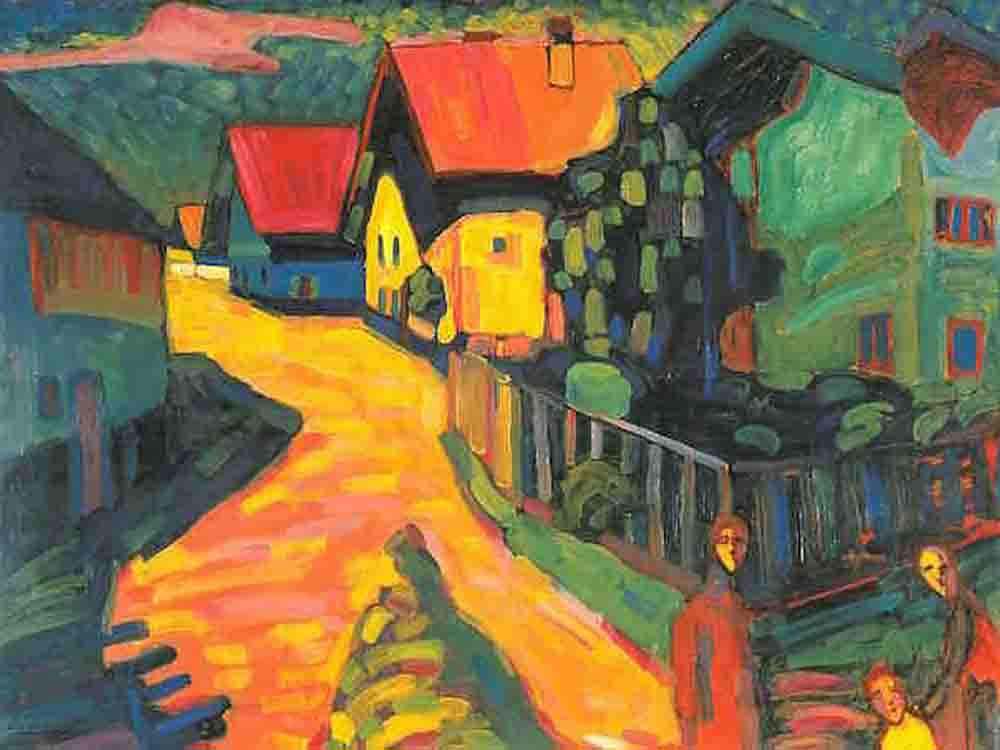Expressionism is an art style that relies on emotional impact rather than the reality of things. Instead of merely depicting the outside world in a visual form, expressionists aim to seek what lies within. Expressionist art, in essence, portrays the human psyche. What exactly is Expressionism? Let’s explore what the movement stood for and the different ways in which it has manifested.
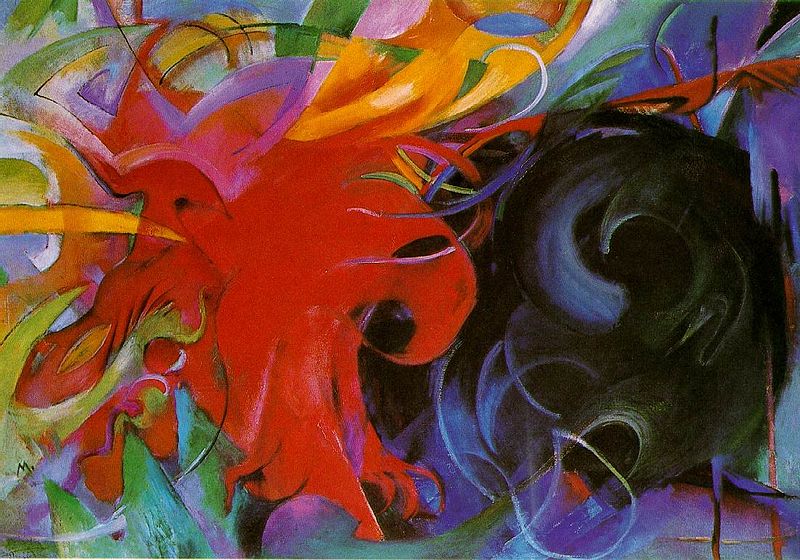
“Art is not about beauty, art is an expression.”
― Vikram Roy, The Alchemist A Mystery in Three Acts
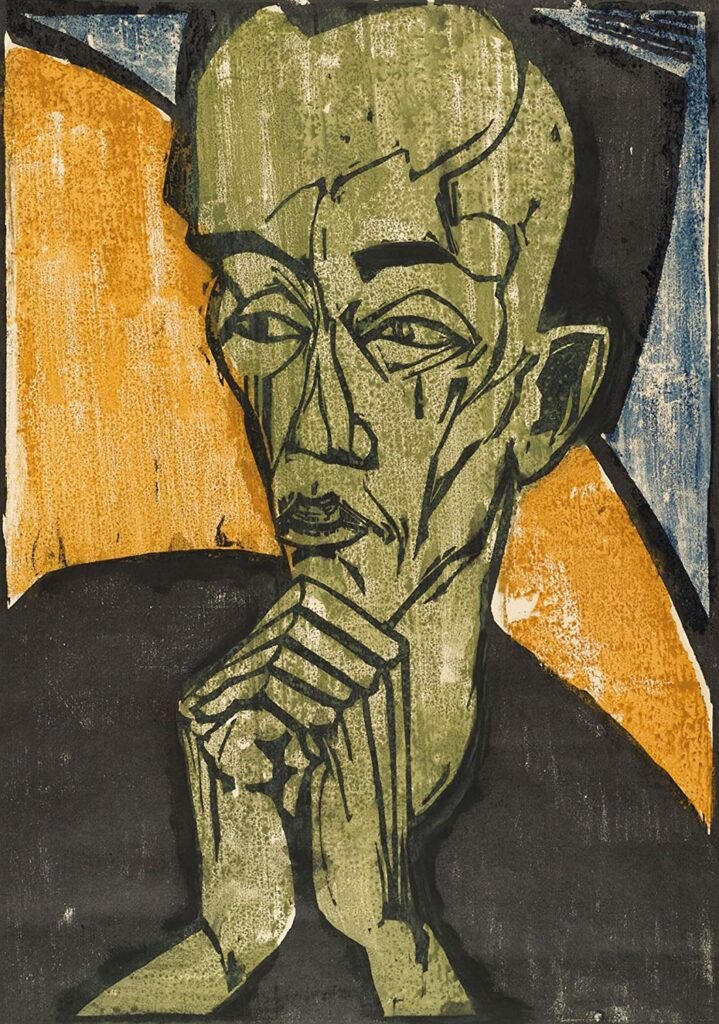
Expressionism is an art form that sees the world in a more interpreted, emotional light rather than only depicting objects as they appear physically. The movement was heavily inspired by symbolism which relied on shapes, colors, and forms of objects to emphasize the meaning of art. Much like symbolism, Expressionism relies on subjectivity and completely rejects realism because of how impersonal it feels to the audience. Because expressionist art relied on emotions, feelings, and ideas, it became a political tool for social criticism through the artist’s visual commentary.
“Man screams from the depths of his soul; the whole era becomes a single, piercing shriek. Art also screams, into the deep darkness, screams for help, screams for the spirit. This is Expressionism.”
― Hermann Bahr
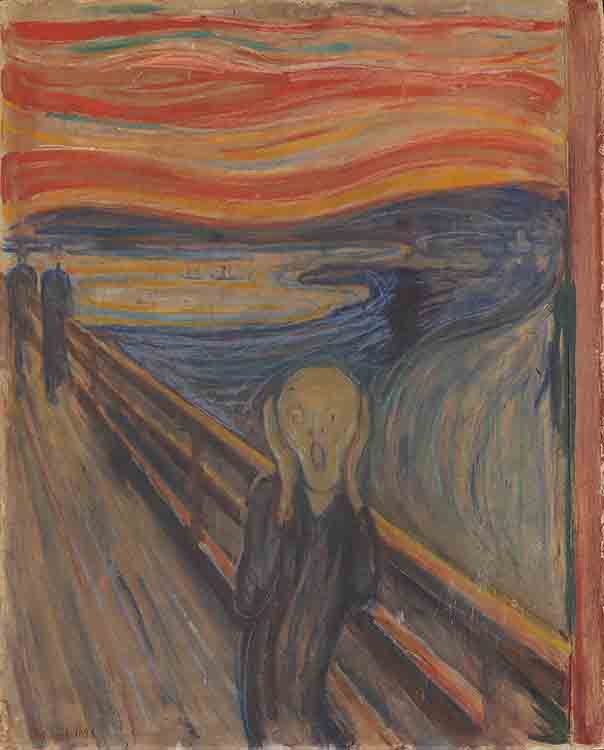
Where it Came From
The Expressionist Movement started in the 20th century in different cities across Germany. At the time. Artists like Vincent Van Gough, Edvard Munch, and James Ensor were very influential to the movement which heavily relied on bright colors and swirly, exaggerated brush-strokes to portray the artists’ own feelings about whatever they would paint. Urbanization and the isolation that followed at the time is what inspired these artists to take art and turn it into something more personal. Around the 1940s, this art style reached the United States and artists all over the world began to use exaggerated paint strokes and subjective themes in their work to evoke all kinds of feelings within their audience.
Impact on Film
German Expressionism has had a huge impact on the film industry. Just like Expressionist art was used to evoke emotions, expressionist films did the exact same. Using unusual, tilted angles, sharp lighting techniques, and overall dark storytelling are what made films like Blade Runner, Batman, and Edward Scissorhands the greatest expressionist films of all time. What’s common in these films is that all of them have a dark sense of looming terror throughout the narrative, depicting the anxieties of the society at the time.
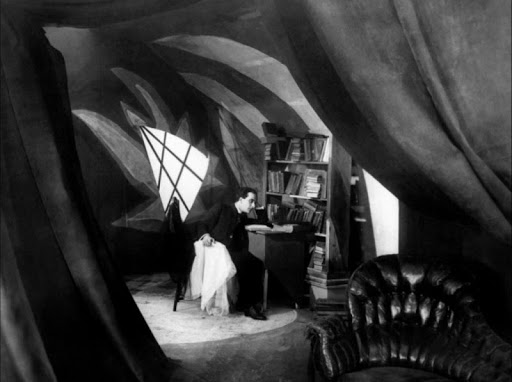
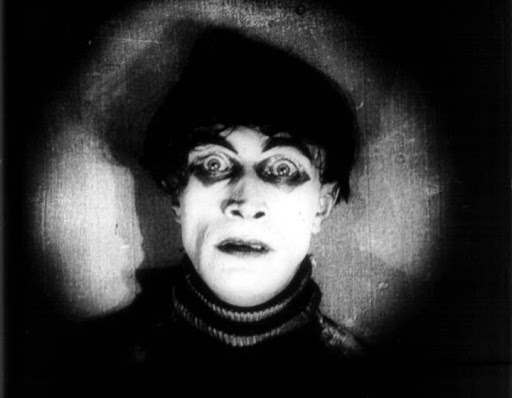
Impact on Fashion
The fashion industry was also heavily influenced by Expressionism. Using the same concept of distortion and exaggeration as used in Expressionist art, the fashion of the time featured colorful, structured fabrics with patterns that you could spot from a mile away. Even now, many major artists like Vivienne Westwood employ Expressionist techniques of using vivid colors, a lot of texture, and unusual silhouettes for their clothing lines, proving that Expressionism is an art form for all ages.
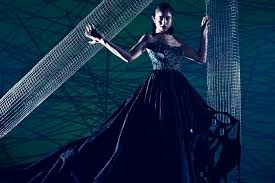
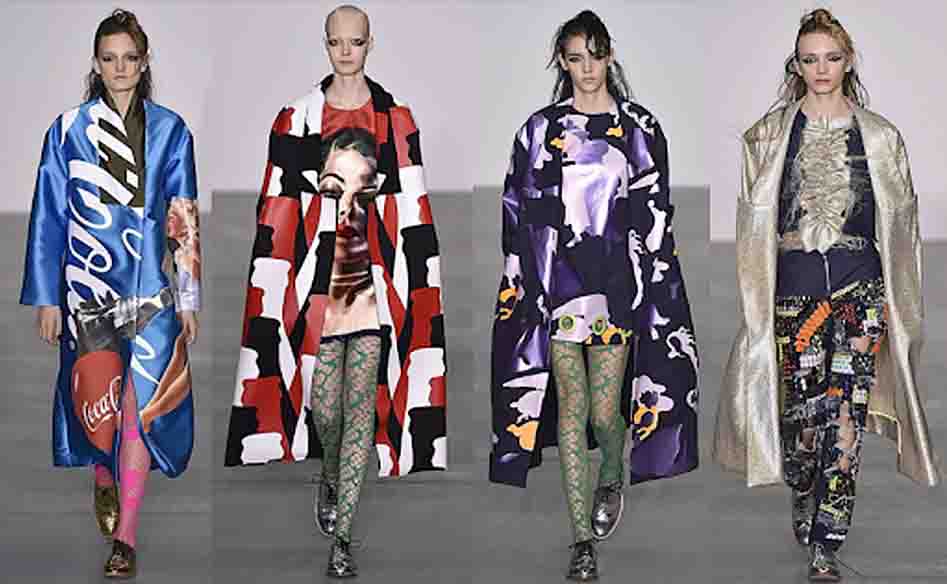
Impact on Music
The 20th century also saw a shift in the way music was produced. The Expressionist movement impacted music in a way that composers tried to convey every possible emotion they could using sound. This sort of music was highly popularized by Arnold Schoenberg whose atonal and distorted compositions were often termed hard to understand. Schoenberg’s Expressionist pieces like the monodrama ‘Erwartung’ and his famous ‘Five Pieces for the Orchestra’ aimed to delve into the subconscious mind to reflect all kinds of emotional distress humans went through.
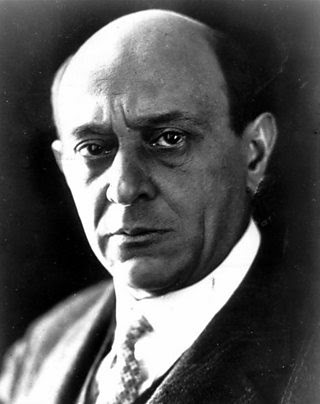
Impact on Literature
Expressionist literature rejects realism. Instead of presenting stories in a linear fashion, Expressionist writers like Franz Kafka and James Joyce introduced their readers to the stream of consciousness, only building upon the feelings of their protagonists without paying much attention to any sort of timeline and logical sequence. This helps the reader dive straight into the midst of the characters in the book, taking in all the emotions that the piece is trying to portray. This short-lived literature movement gave way to a very experimental form of writing and theatre unlike ever before.
“The difference between writers and readers is similar to the difference between expressionism and impressionism. Writers want to express themselves and readers want to be impressed.”
― Claire Amber
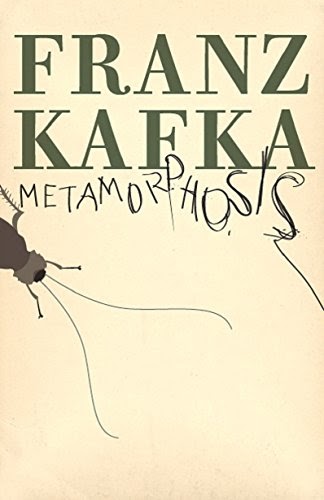
Looking to explore more art genres? Head over to Joe Latimer.com for a multidisciplinary, visually stunning experience. ☮️❤️🎨
Enjoy this blog? Please help spread the word via:


